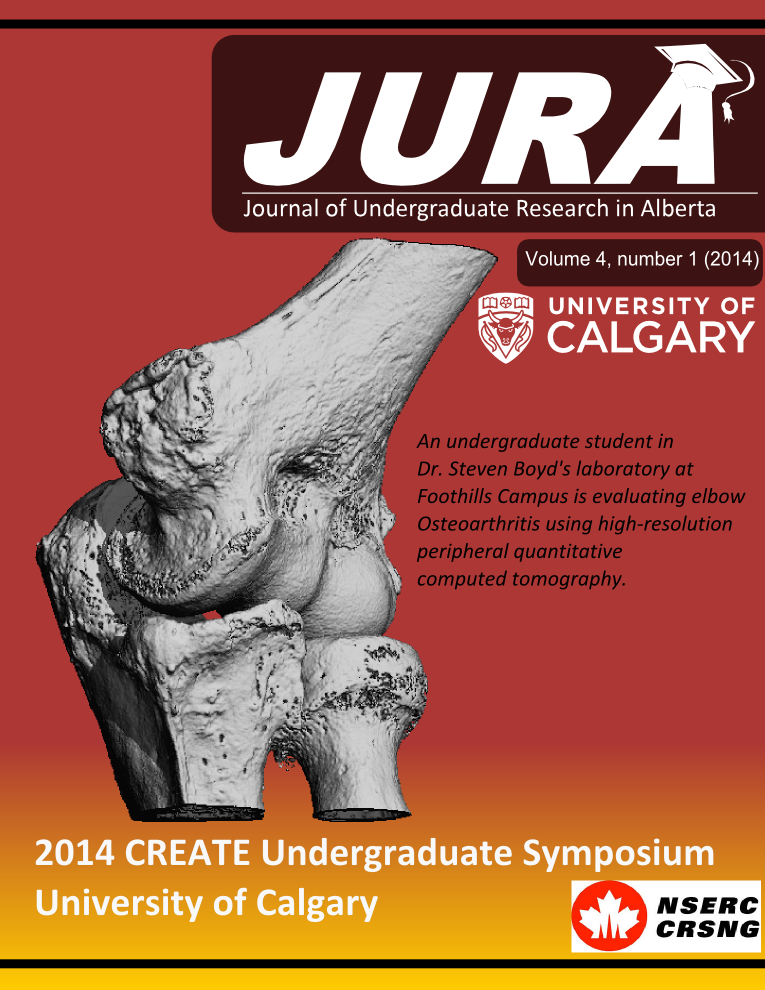NUMERIC BREAST PHANTOM GENERATION FROM MAGNETIC RESONANCE DATA FOR MICROWAVE IMAGING APPLICATIONS
Abstract
INTRODUCTION
New methods for microwave imaging are currently being explored for breast cancer detection and monitoring. The potential advantages of microwave imaging over current modalities have motivated a number of studies into imaging the internal structures of breast tissue using microwaves (see [1] and references therein). The exploration of such techniques requires models for electromagnetic simulations that are both realistic and anatomically representative of real breast tissue[2] .
We have developed a new 3D-model generation tool to translate Magnetic Resonance (MR) images into breast phantoms. These phantoms are suited to the simulations used to test prototype microwave imaging systems. This new technique attempts to improve on manual segmentation by introducing a number of robust, semi-automated segmentation algorithms for generating patient-specific numeric breast phantoms unlike similar model generation techniques previously used [2]. The limited number of microwave-appropriate models motivated that development of a robust tool that could represent the complex internal structures of breast tissues.
METHODS
The new programs utilized a number of image segmentation techniques, able to handle a wide range of MR image types and varying breast compositions, to produce a voxel-based surface mesh, which is readily transportable to electromagnetic simulation software.
A custom multi-modal phantom was constructed using graphite-doped rubber following previously developed phantom construction techniques [3] and scanned in an MR machine in order to validate the new 3D modelling program’s ability to accurately reconstruct complex structures. The phantom served as ground truth to quantify the reconstruction accuracy.
RESULTS
The program constructed complex meshes from MR data representing the internal fibroglandular tissue structures (see Figure 1a). The generated meshes included major structures accurately represented with varying levels of complexity according to the user parameters (see figure 1b). In addition to this, the program was able to reconstruct the custom phantom with minimal error providing a ground-truth validation of the segmentation technique.
DISCUSSION AND CONCLUSIONS
The newly developed program for breast phantom generation provides a useful tool for generating numeric models that are critical to the future investigation of microwave imaging techniques, generating patient specific models catered to microwave imaging.
Downloads
References
2. E. Zastrow, et al. IEEE Trans. Biomed.Eng., vol.55, no.12, pp.2792-2800, Dec. 2008
3. J. Garrett, and E. Fear. IEEE Ant. Wireless Prop. Lett. , vol.13, no., pp.599-602, 2014
Downloads
Published
Issue
Section
License
Authors retain all rights to their research work. Articles may be submitted to and accepted in other journals subsequent to publishing in JURA. Our only condition is that articles cannot be used in another undergraduate journal. Authors must be aware, however, that professional journals may refuse articles submitted or accepted elsewhere—JURA included.


